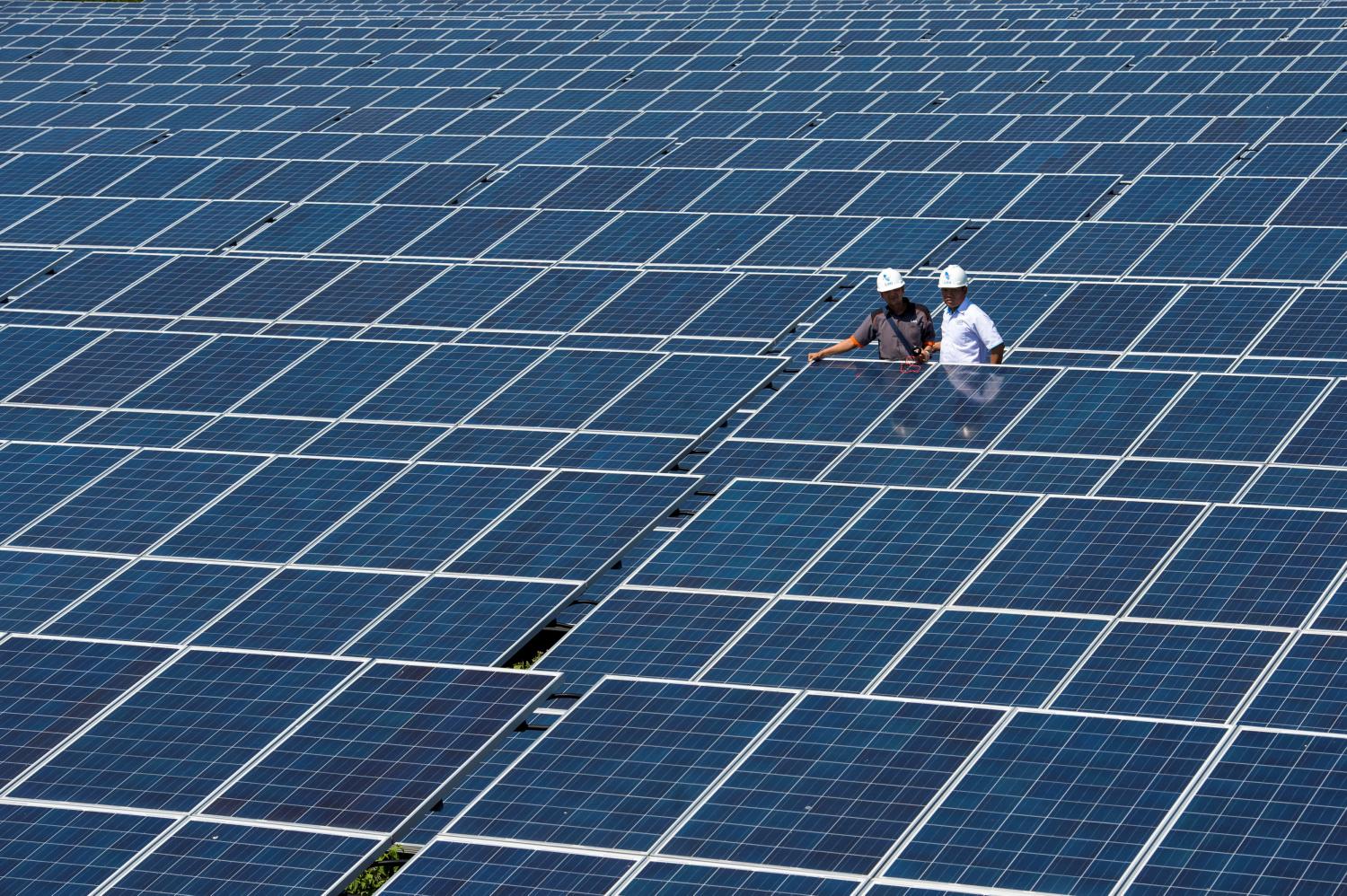
JAKARTA: Indonesia is targeting the addition of 4.68 gigawatts of solar power capacity by 2030 and is aiming to source 51.6% of its added power capacity from renewable sources under a new masterplan.
Indonesia, a major coal producer and exporter, sources around 60% of its existing electricity capacity from coal-fired power plants.
The government wants to shift away from fossil fuel and reach net zero carbon emissions by 2060.
"Solar power is being targeted for its relatively cheaper costs and shorter time to develop plants,'' Energy Minister Arifin Tasrif said in a virtual presentation.
It would be boosted from around 150 megawatts capacity in 2020.
Combined with the existing capacity, renewables would comprise 25% of Indonesia's energy mix by 2030, the presentation showed. The government also eyes bigger contribution from hydro power.
Indonesia regularly revises the electricity master plan. Under the 2019-2028 plan, it had outlined 908 MW of new solar capacity, with 30% of new power generation from renewables.
Meanwhile, Arifin said the average annual electricity demand was revised down to 4.9% for the next decade, from a previously estimated 6.4%, due to the pandemic impact.
Targeted new power generation also shrank to 40.6 GW from 56 GW.
At the same briefing, Zulkifli Zaini, chief executive of state utility firm PT Perusahaan Listrik Negara (PLN), said Indonesia would not commission new coal plant and would gradually retire old ones.
Still, nearly 14 GW new coal power capacity would be added in coming years from projects already underway, the presentation showed.
"Around 800 trillion rupiah ($56.10 billion) investment will be required for the additional 40.6 GW capacity, with around 500 trillion rupiah for renewables alone,'' said PLN director Evy Haryadi.
The government is seeking private investment for the expansion.
Citing PLN data, Elrika Hamdi, an analyst with energy consultancy IEEFA, noted that out of targeted solar capacity, roughly 1.8 GW would be sourced from independent power producers.
"This is still a very unambitious capacity that IPPs will be able to fulfill in no time. There are already many solar developers queuing to tap on these projects," she said.
However, tax breaks and an attractive sales-purchase agreement with PLN would be needed to secure investment, said Paul Butarbutar, executive director of Indonesia Renewable Energy Society.
"If the projects are not bankable, developers will have limited capability to get financing," he said, adding that particularly for solar projects, high local content requirements might also hinder investment.